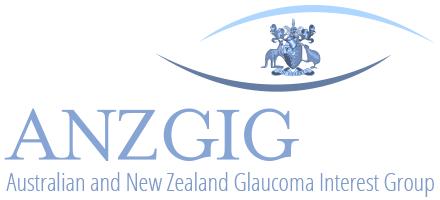All our Retina Associates offices are fully equipped with the latest technology and equipment which our doctors utilise to provide the full range of up-to-date ophthalmic testing for you. These include:
A high resolution digital colour camera that captures fine details of the retina, for diagnosis, monitoring and to guide treatment of disease such as age-related macular degeneration (AMD) and diabetic retinopathy. This may assist in diagnosing or explaining your condition, and may be used as a baseline for future reference.
A high resolution digital imaging camera utilising specialised filters to study certain layers of the retina, providing further information in the diagnosis, monitoring and prognosis of retinal conditions such as age-related macular degeneration(AMD) and central serous chorioretinopathy (CSR).
A high resolution digital imaging camera with specialised filters used to study the blood vessels of the retina and the deeper choroidal vessels. Fluorescein (yellow) or Indocyanine Green (green) dye is injected into a peripheral vein in the arm or hand, following which our certified orthoptist/photographer will capture a series of time-dependent retinal photographs. This provides intricate details of retinal and choroidal vessels essential for the diagnosis and management of conditions such as macular degeneration, diabetic retinopathy, retinal vein or retinal artery occlusion.
No X-rays are used in either of these tests. Both types of angiogram are considered very safe and serious side effects or reactions are very uncommon. It is important for you to tell us if you have any allergies or sensitivities, and if you have had a fluorescein or ICG angiogram before. If you require one of these tests, you will be given extra written information, and any further questions you have about the test/s will be answered.
OCT-A uses light reflected from the back of the eye to create cross-sectional images of the retina and surrounding tissues. Being the latest technology, it can also now perform Angiography without the need for injecting a dye. It is a painless, non-invasive test which gives valuable extra information, especially in conditions affecting the surface of the retina such as macular hole, epiretinal membrane and vitreomacular traction. OCT-A is also very useful in diagnosing and monitoring conditions such as diabetic macular oedema, macular degeneration (AMD), and central serous chorioretinopathy. It has become essential in guiding treatment of wet macular degeneration with Intravitreal Injections. OCT-A is also extremely helpful in patient education.
Retina Associates has the latest Spectral Domain High Resolution OCT-A technology, and was one of two Australian sites in the international Early Access Program which evaluated the Cirrus HD-OCT prior to its commercial release. Our doctors have a special interest in the use of OCT-A technology for the assessment of retinal diseases, and have given many lectures on this topic.
Ultrasound scans are used to assess the retina and other structures at the back of the eye, often when it is not possible to see inside the eye – for example due to vitreous haemorrhage (bleeding into the vitreous gel) or a dense cataract.
An A-Scan uses ultrasonography, to measure the eye length. This helps determine the correct lens implant for cataract surgery. While sitting upright in a chair, you place your chin on a rest and look straight ahead. An oiled probe will be placed against the front portion of your eye as it’s scanned. Or if lying down, a fluid-filled cup or water bath is placed against the surface of your eye as it’s scanned.
A B-Scan Ultrasound is a painless test where local anaesthetic drops are instilled, a liquid gel is placed on the eyelids or eye, and a small ultrasound probe is placed on the lids or the eye. B-scan uses sound waves to take cross sectional pictures of the eye.
B-scan ultrasound may help identify the cause of bleeding in the eye, such as retinal tear or proliferative diabetic retinopathy. It may be the only way of diagnosing a retinal detachment in eyes where it is not possible to see the retina using an ophthalmoscope.
A non-invasive, computerised diagnostic instrument used to monitor your peripheral vision and provide information on the function of the retina, optic nerve and brain. It is commonly used for conditions such as glaucoma, optic neuropathy, retinitis pigmentosa and strokes affecting vision.
Our approach is simple.
We aim to create a nurturing environment where the patient is our priority.
ASK US A
QUESTION
Send us a message
REQUEST AN APPOINTMENT
Let us know where and when
HOSPITAL
LOCATIONS
Click the link below
DOCTORS
TREATMENTS
DIAGNOSTICS
Second Opinion | Our Technology | Privacy | Sitemap |







